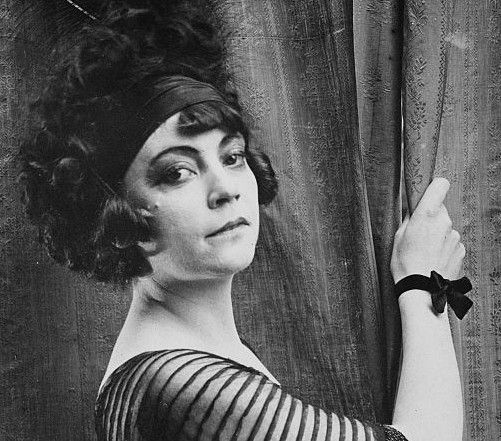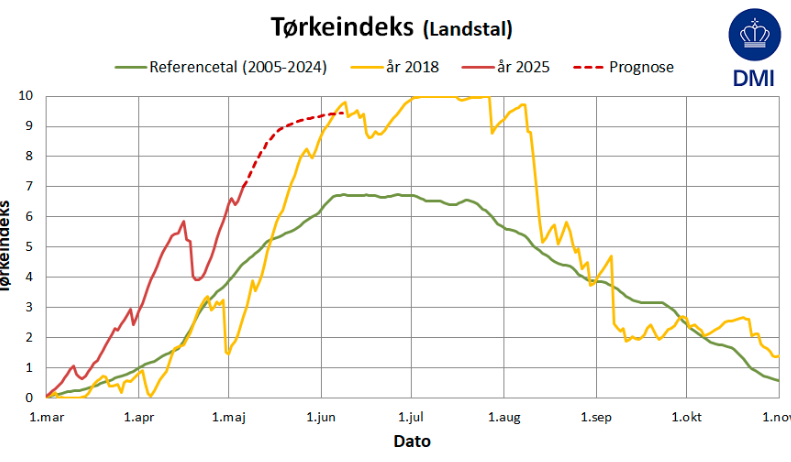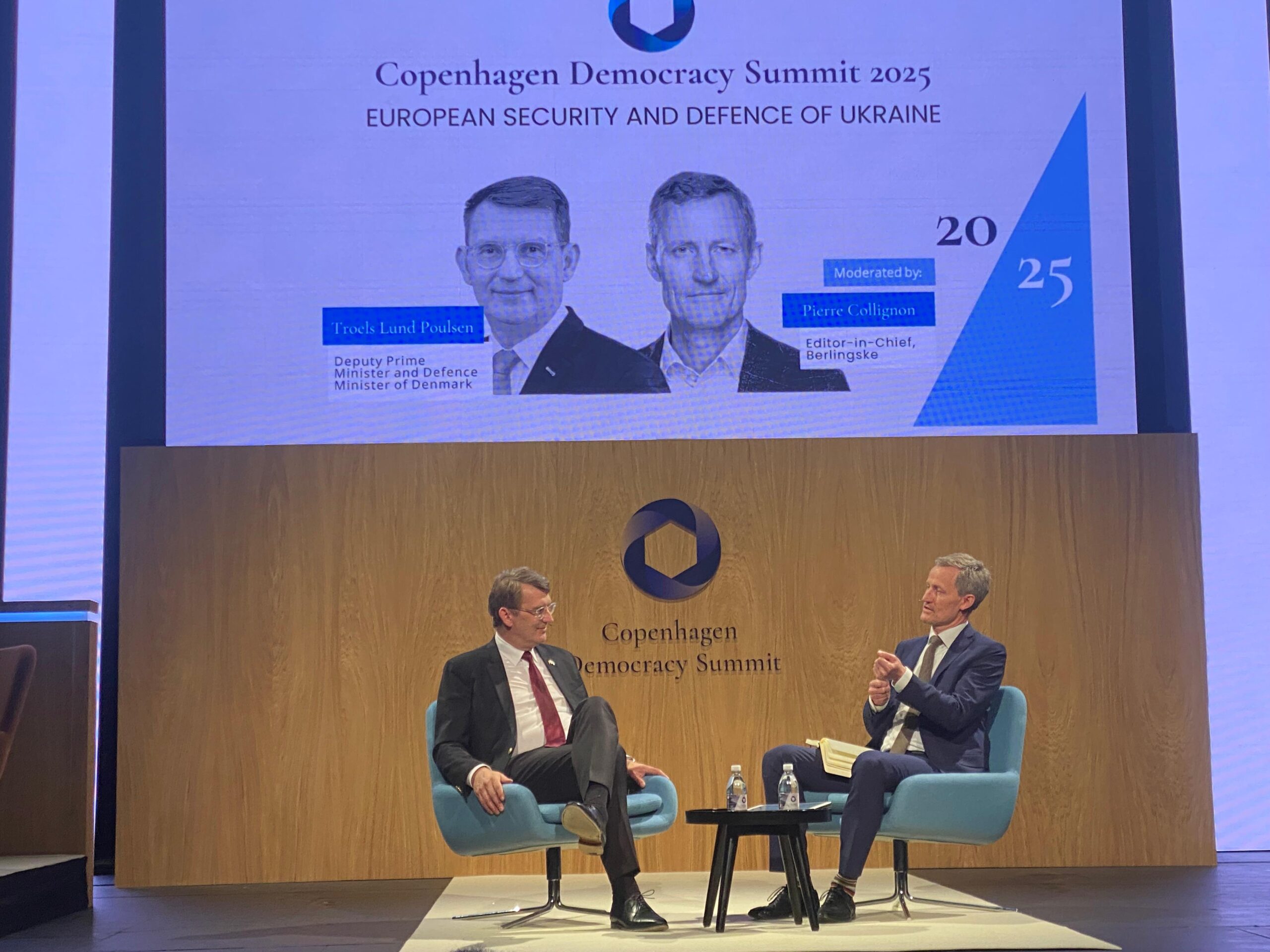It seems that over the past 20 years, international audiences have really discovered and embraced Danish film. The success of Lars von Trier’s ‘The Idiots’ and ‘Dancer in the Dark’, and other films by members of the Dogma school of film making, have received much acclaim.
To many this relatively recent success may seem novel, but the fact is that Denmark has been active on the international film scene since the beginning of the last century.
At one time the little Copenhagen suburb of Valby was home to several successful film studios, making the town the Hollywood of its day.
READ MORE: Denmark’s answer to Rudolph Valentino was arguably a bigger star
Silent treatment
In the first decade of the last century, the film was just beginning to boom. Sound had not yet been invented, but instead of hindering the success of films, the lack of sound in fact contributed to the boom.
Since all films required subtitles, audiences were used to reading them. So long as a film’s subtitles were adequately translated, international viewers were willing to watch the film. Films were short, running no more than half an hour in length, offering simple plots with little character development.
Dissatisfied with the quality of these films, in 1906, the Danish director and producer Ole Olsen founded Denmark’s first film company, Nordisk Film. Olsen’s plan was to make films that were longer, allowing for more complicated plots and more realistic characters.
Olsen’s successes soon led to a burgeoning Danish film industry, and by 1909, other film companies started cropping up.
READ MORE: Denmark’s enduring star of the silver screen
Into the film cosmos
One of these companies was Kosmorama, founded in 1910. Following Nordisk Film’s example, Kosmorama offered complicated plots and character studies, but in addition to these qualities, Kosmorama also introduced another aspect to the film industry: sex appeal. Though Kosmorama’s films might seem tame by contemporary standards, they were some of the first films in the world that dared to be sexy.
The most famous of these films is ‘The Abyss’, which was directed by Denmark’s first great director, Gad Urban, and starred Asta Nielsen and Poul Reumert. In ‘The Abyss’, Nielsen and Reumert play two sides of a love triangle.
In the film, Nielsen’s character dumps her fiancé to join the circus to be with her lover, where she gets a job as a gaucho dancer.
READ MORE: Illuminated by the Lumiéres, he lit up Denmark from his director’s chair
Asta la vista, baby
Though the film established both Reumert and Nielsen as the Leonardo DiCaprio and Kate Winslet of their day, the scene of gaucho dance earned Nielsen an even greater reputation. Part of the dance required that she gyrate her hips. In addition to the hint of bondage created by the lasso, this “improper hip writhing” caused an international scandal.
‘The Abyss’ also earned Nielsen the distinction of being the world’s first erotic film star, and it is commonly thought that Nielsen is the first performer to portray what has become known as ‘the third sex’ – an erotic androgyne. This distinction places Nielsen at the beginning of a long line of such performers as Marlene Dietrich, Mick Jagger, Boy George and Annie Lennox.
After her work in ‘The Abyss’, Nielsen received international acclaim. She moved to Germany, where she became known as Die Asta. Married five times, first to Gad Urban, Nielsen appeared in over 70 films. In the 1930s, the German minister of propaganda, Joseph Goebbels, offered Nielsen her own film studio, but she declined.
READ MORE: A movie maverick who unsettled audiences with his realism
Sound suppression
The golden days of Danish film were soon forgotten, however.
With the invention of sound, film-goers began to demand films in their own languages: the more widely spoken the language, the larger the demand.
It restricted the likes of Asta Nielsen and Poul Reumert to only appearing in Danish films.














